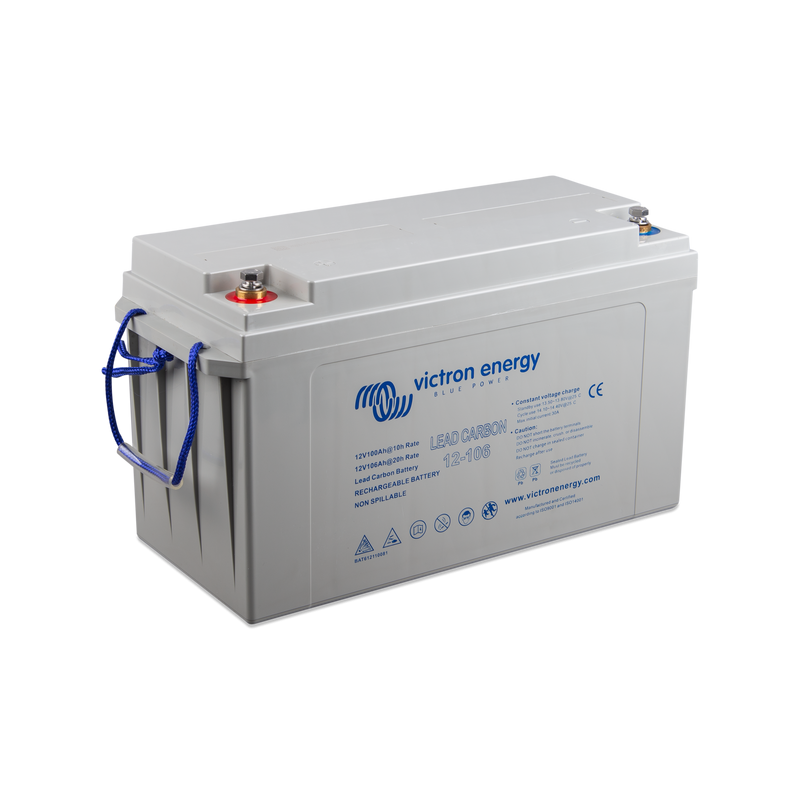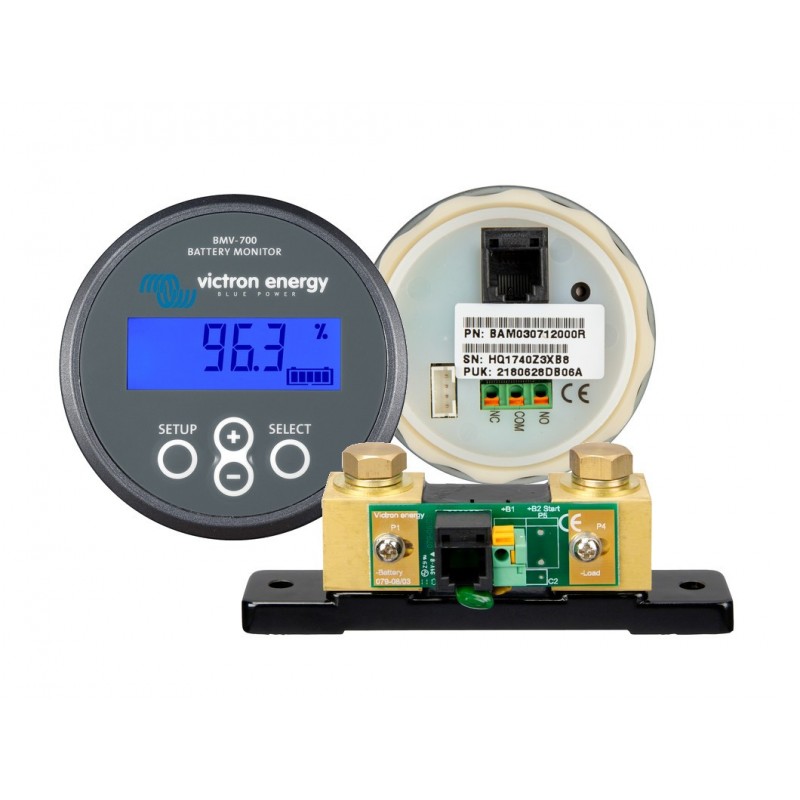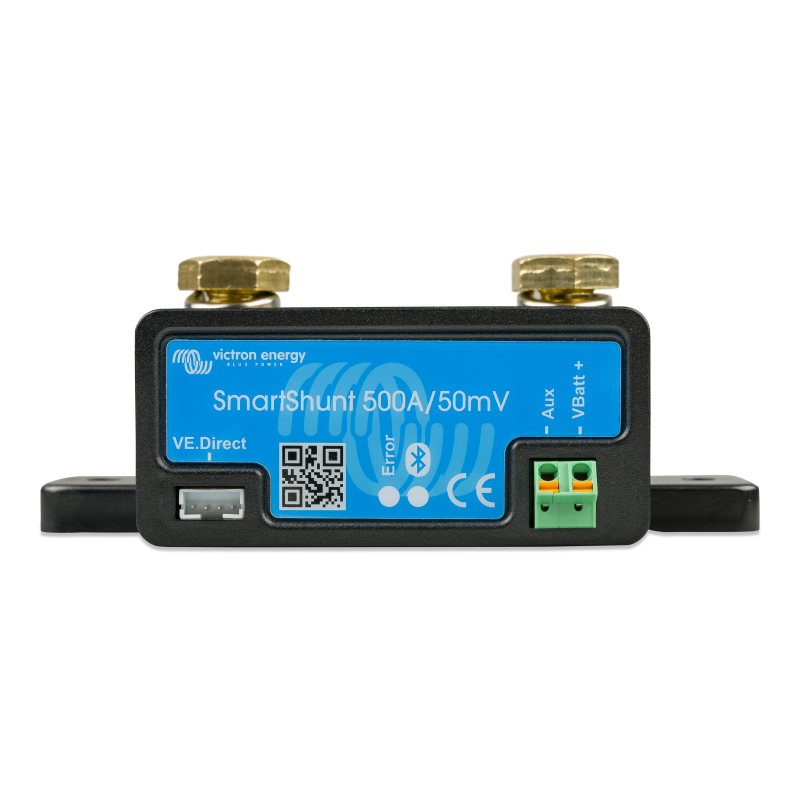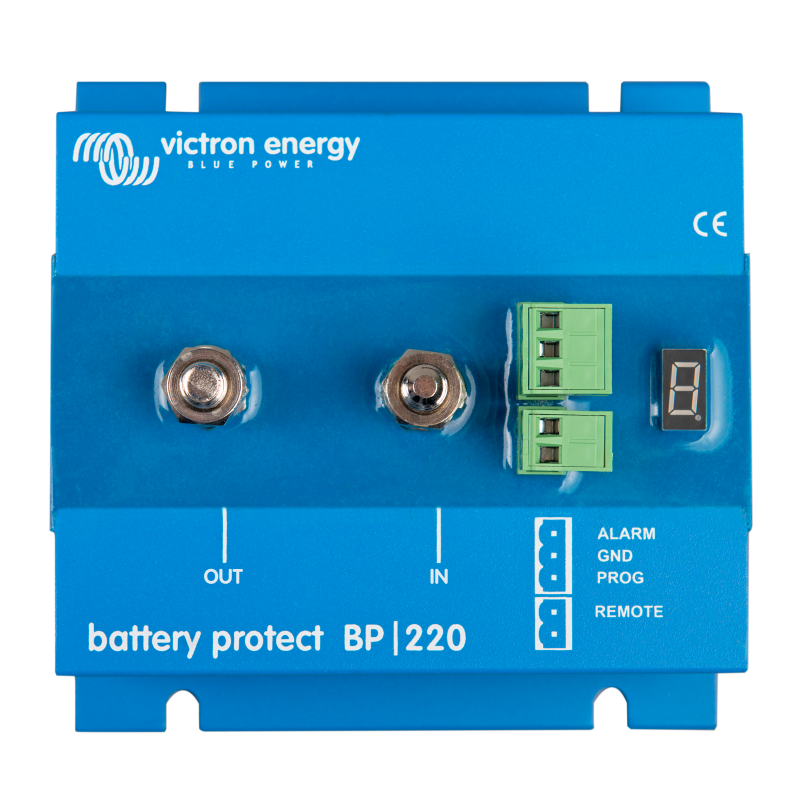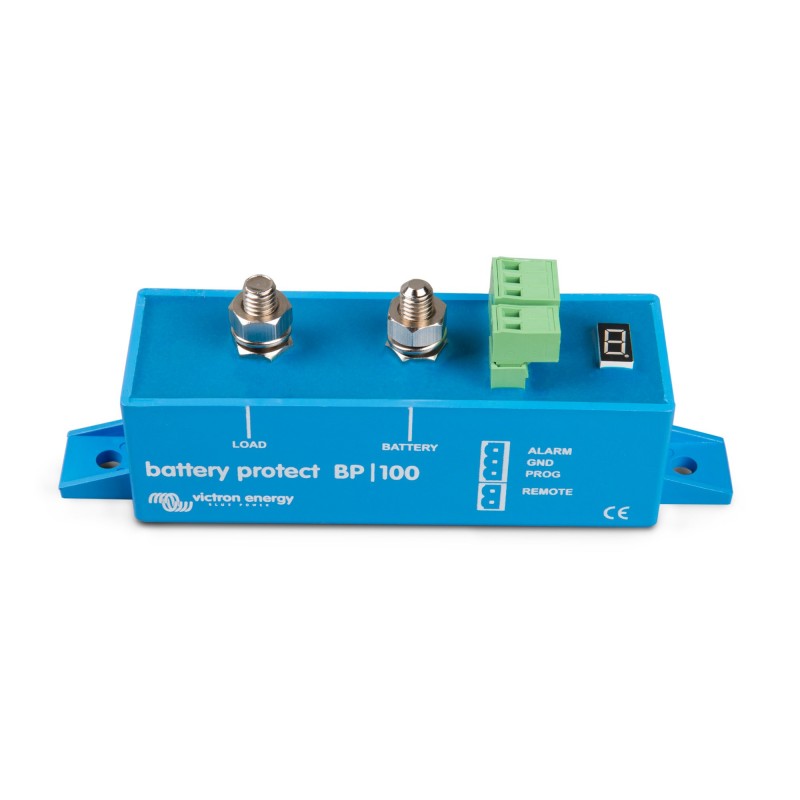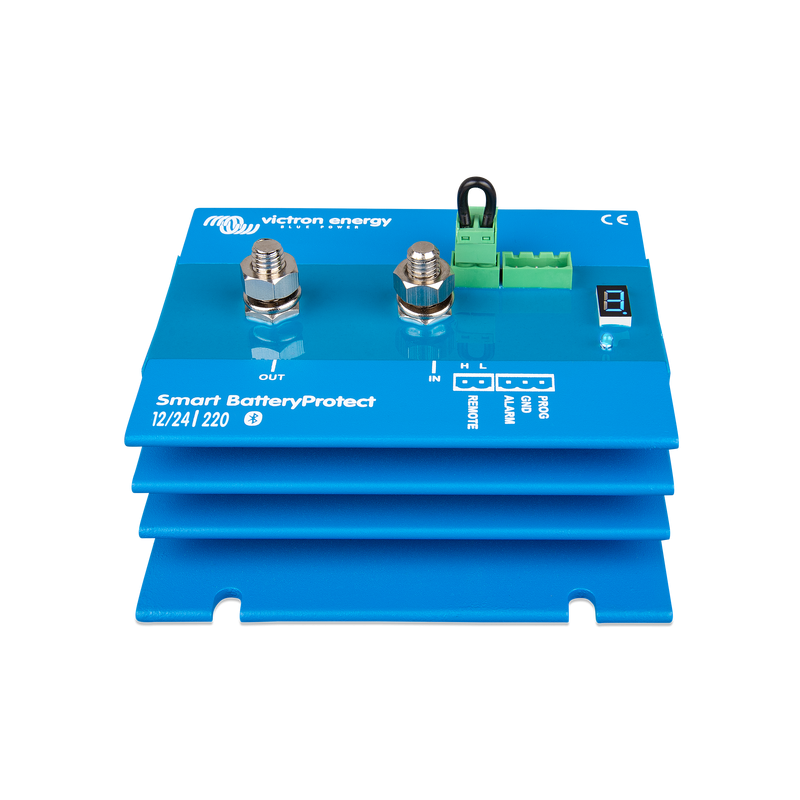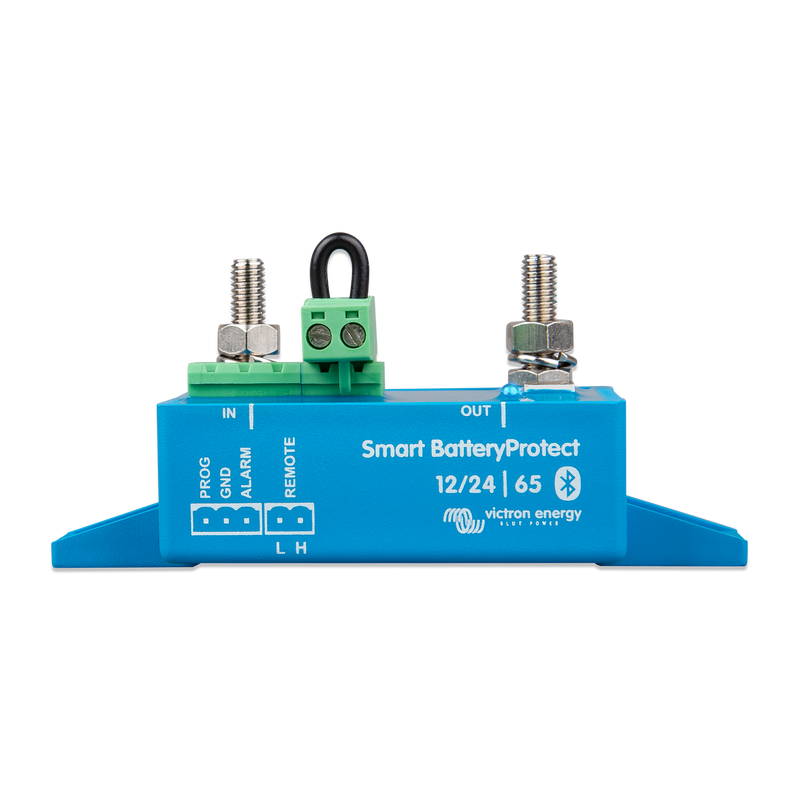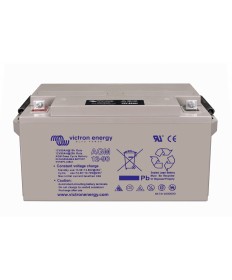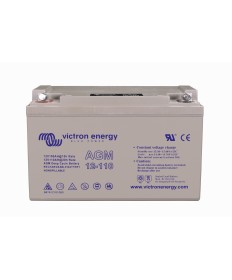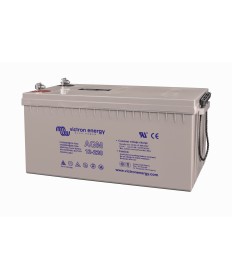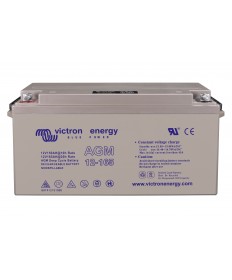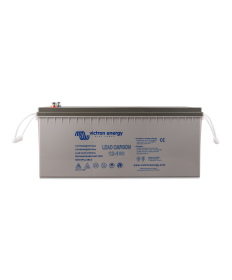Lead Carbon Battery 12V/106Ah (M8)
Lead-carbon 12V/106Ah (M8)
- Battery voltage 12V, capacity 106Ah (C20), CCA 500
- 36kg, M8 pole
- 1400 cycles 40%, 1000 cycles 60%
Zubehör / Gebühr
VRG - Vorgezogenen Recyclinggebühr
| VRG - Lead-acid battery CHF0.00 |
Batterie Monitor
Batterieschutz
Lead-carbon battery
Failure modes of grid plate VRLA lead-acid batteries during intensive cycling
The following failure modes occur most frequently:
- Softening or shedding of the active mass. During the discharge process,
the lead oxide (PbO2) of the positive plate is converted to lead sulphate (PbSO4) and back to lead oxide during the charging process. Frequent cycling reduces the cohesion of the active mass on the positive plates due to a greater amount of lead sulphate compared to lead oxide.
- Corrosion on the grids of the positive plates. The speed of the corrosion reaction is accelerated towards the end of the
charging process due to the presence of the necessary sulphuric acid.
- Sulphation of the active mass of the negative plates. During the discharging process, the lead (Pb) of the negative plate is also
converted into lead sulphate (PbSO4). If the battery is left in a low-charged state, the lead sulphate particles bond to the negative plate, harden and form an impenetrable layer. These can then no longer be converted back into active mass. As a result, the capacity steadily decreases until the battery is unusable.
Recharging a lead-acid battery takes time
Ideally, a lead-acid battery should be charged at a C rate of 0.2 C or less. The constant charge phase should be followed by an eight-hour constant voltage phase. Increasing the charging current and the charging voltage shortens the duration of recharging. However, this leads to a shorter service life of the battery, as the temperature rises and corrosion on the positive plates progresses faster due to a higher charging voltage.
Lead-carbon: Better performance in a partially charged state, more cycles and higher efficiency
Replacing the active mass of the negative plates with a lead-carbon composite may reduce sulphation and improve the charge acceptance of the negative plates.
Lead-carbon batteries therefore offer the following advantages:
- Less sulphation when operating in a partially charged state.
- Lower charging voltage and therefore higher efficiency and less corrosion of the positive plates.
- Overall, this leads to a longer service life.
Data sheet
- Battery voltage
- 12V
- Capacity / Ah
- Battery length (mm)
- 410mm
- Battery width (mm)
- 172mm
- Battery height (mm)
- 225mm
- Weight






